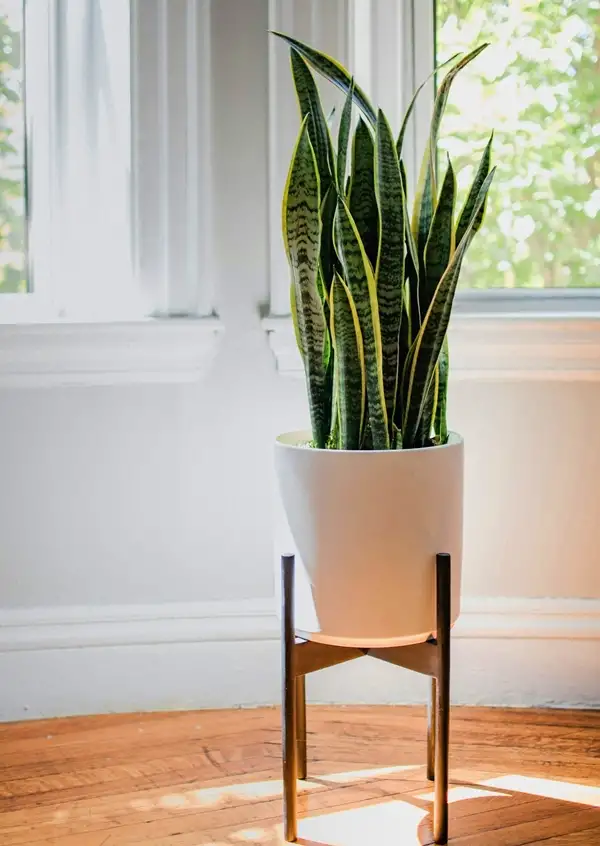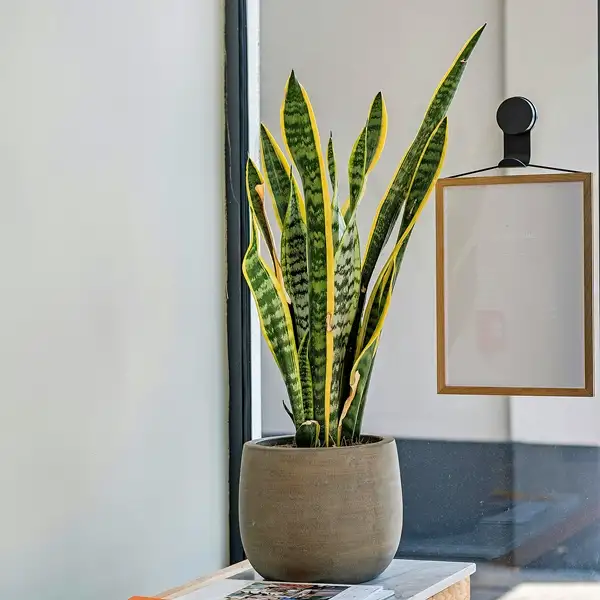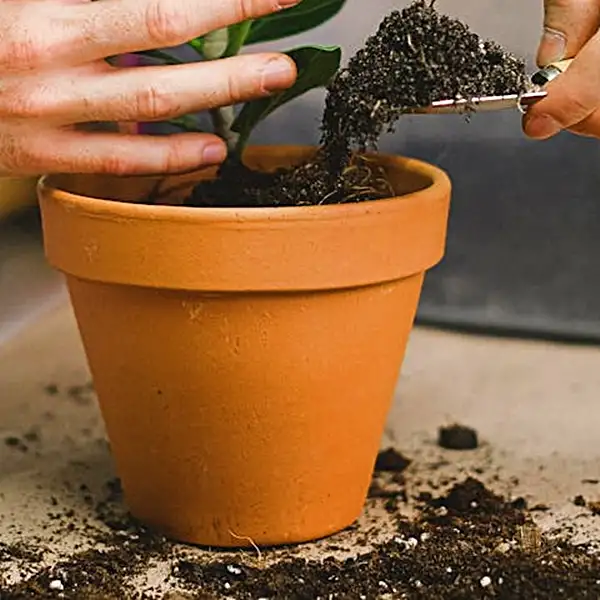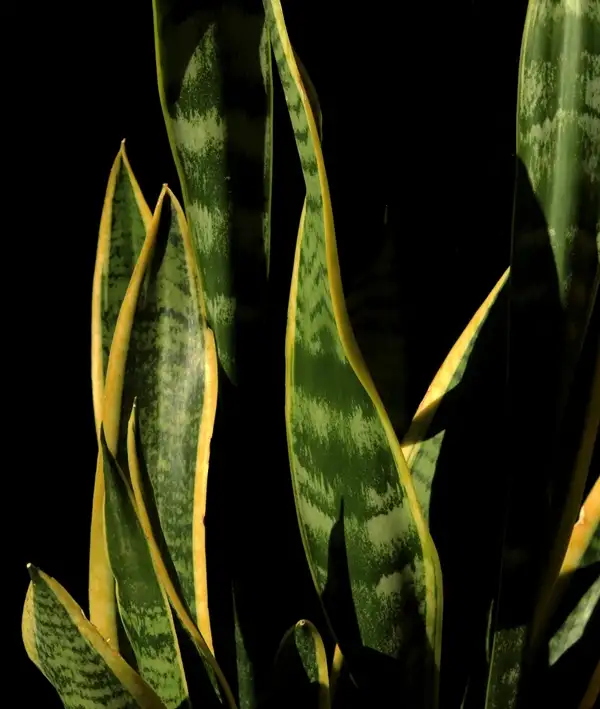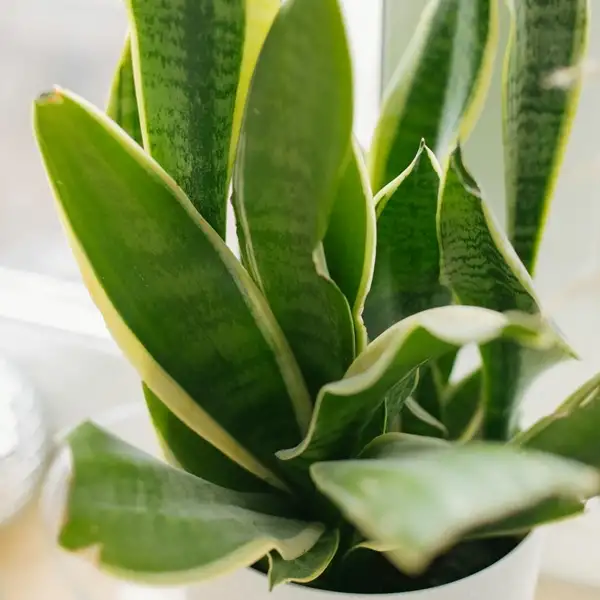Key Takeaways
| Key Takeaways | Why It Matters |
|---|---|
| Understanding the Role of Light | Do snake plants need light? Learn why light is essential for your snake plant’s survival. |
| Finding the Right Light Balance | Discover the ideal lighting conditions to maintain a healthy plant. |
| Surviving in Low-Light Conditions | Uncover the truth about whether snake plants truly need light. |
| Warning Signs of Poor Lighting | Spot early symptoms before they harm your plant’s health. |
| Maximizing Growth with Light Strategies | Use simple techniques to ensure your plant thrives in any setting. |
| Alternative Light Sources | Find out how artificial lighting can help when sunlight is limited. |
Understanding the Snake Plant
Most of the time, when I visit a plant shop and talk to new plant owners buying snake plants, a question they often ask is, “Do Snake Plants Need Light?” As it’s a very basic question, I take the time to sit with them and explain all the basic requirements of snake plants. I always emphasize that understanding light’s role in their care is vital to their long-term health.
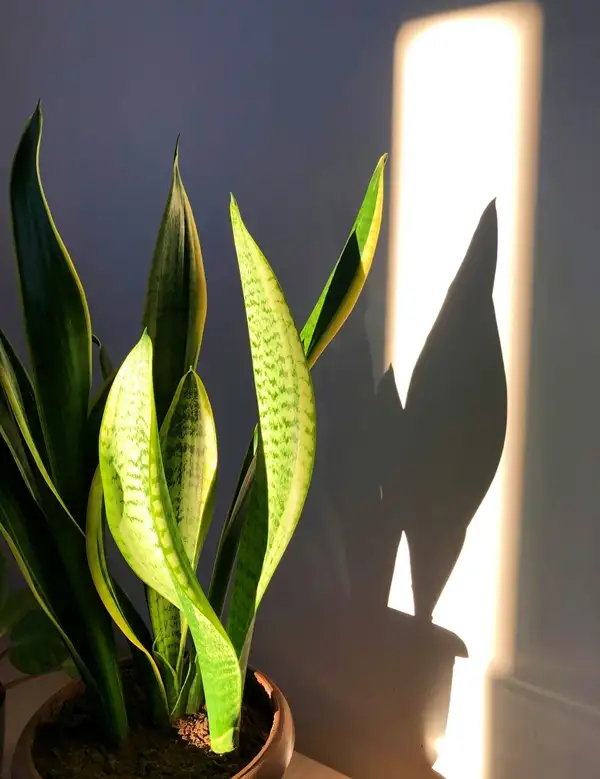
The snake plant also known as Sansevieria trifasciata or Mother-in-Law’s Tongue is a perennial succulent known for its striking aesthetics & resilience. Originating from West Africa’s tropical jungles this exceptional indoor plant has grown in popularity due to its remarkable adaptive characteristics. As part of the Asparagaceae family, it is recognizable by its firm vertical leaves that sprout up like plumes from a solitary base.
Snake plants are perfect for novice gardeners or those with minimalist preferences as they withstand a wide scale of lighting and watering cycles. Their robust nature doesn’t mean they don’t require some precise care though – their survival and growth depend on understanding them better.
One critical aspect of snake plant care is light availability. The importance of sunlight in photosynthesis –the primary way in which these green beings produce food– cannot be undermined. Yet the question remains: what level of lighting supports optimal snake plant growth?
Importance of Light for Snake Plant Growth
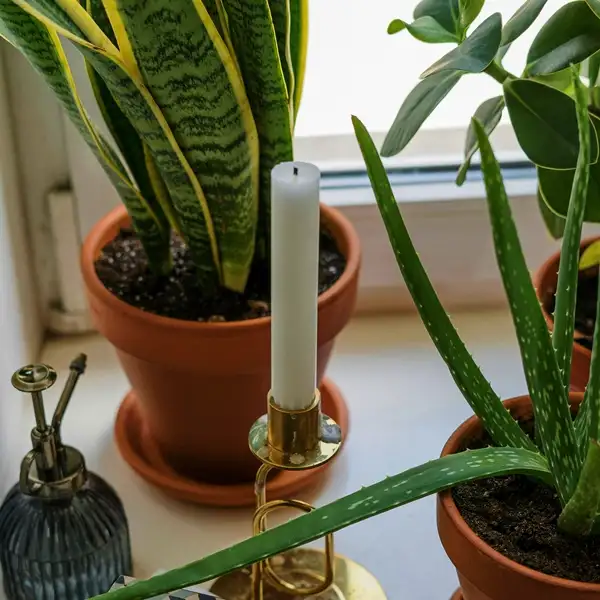
Like all green plants, snake plants go through photosynthesis –a process integral to nourishment and development– whereby carbon dioxide is converted into glucose using sunlight energy within chlorophyll-filled cells. Soundly put by Carl Sagan –
“A blade of grass is a commonplace on Earth; it would be considered priceless if dug up on Mars.”
For flourishing growth and vibrancy, a stretch under bright indirect light does wonders for them but this doesn’t necessarily insinuate constant exposure to harsh sun rays.
Reflecting upon Lisa Eldred Steinkopf’s words in her book “Houseplants” –
“Sansevierias do well under fluorescent lights making them perfect office plants.”
This quote underscores that artificial lights can also contribute significantly to Sansevierias’ sustenance when natural options aren’t available.
How Much Light Does a Snake Plant Need?

Determining the exact level of light required by snake plants can be slightly confusing. Their natural habitat – the shaded floors of dense West African forests – isn’t particularly well-lit, yet; their hardy nature has accorded them tolerance to a broad range of light conditions.
In an ideal home environment, snake plants prefer bright indirect sunlight. Direct rays may lead to scorching or discoloration on their leaves. However, low-light conditions can also sustain them; although growth might somewhat get affected or slow down.
The general expert consensus recommends placing these green companions next to north-facing windows for optimal access to non-direct daylight during most hours.
Impact of Low-Light Conditions on Snake Plants
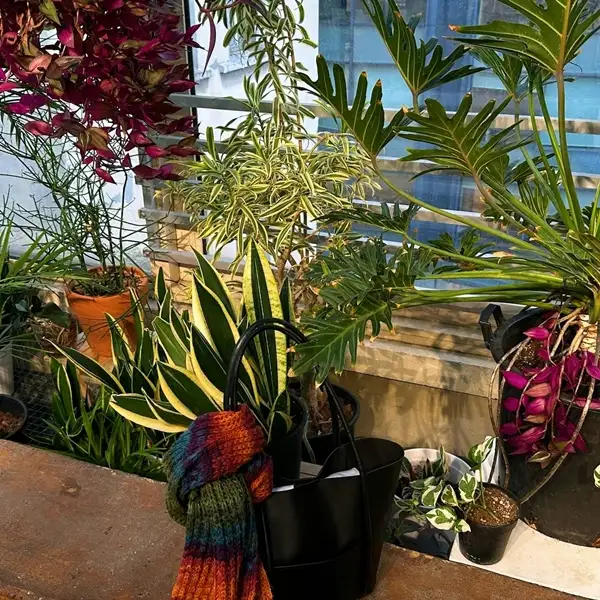
Though they are low-light tolerant, it’s important not to misconstrue this trait as an absence-of-light preference in snake plants – it’s more about their robust resilience against less-than-ideal circumstances. However, a total lack of light or extended durations of deficient lighting can lead to weakened health and aesthetics eventually.
- Long-term survival in poorly lit rooms is possible albeit growth becomes noticeably slower and new sprouts become sparse over time – signs worthy enough for any houseplant enthusiast’s attention!
- Moreover, continually dim surroundings may result in pale leaves due to insufficient photosynthesis occurrence – straight-up evidence that your plant needs better access to sunlight.
3 Signs Your Snake Plant is Not Getting Enough Light
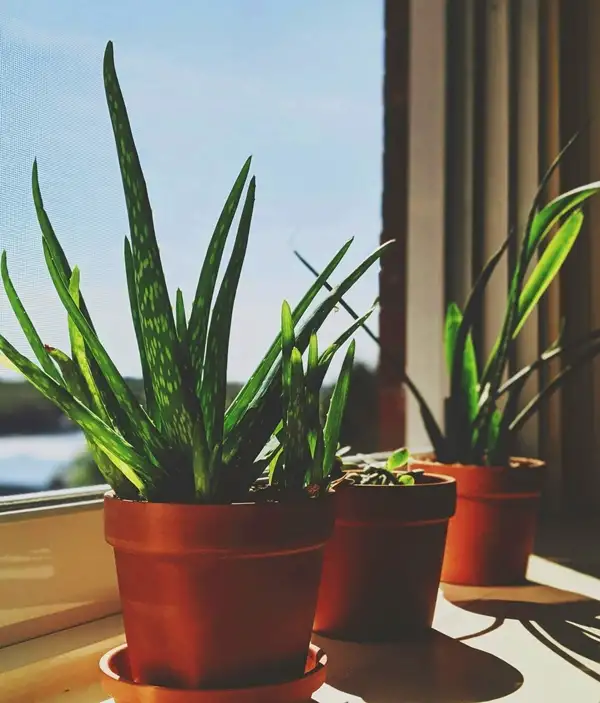
Detecting underlit conditions involves observing subtle shifts in appearance and behavior over time.
| Sign | Description |
|---|---|
| Leggy Stems | Stems become elongated & may lean towards light sources, indicating plant is stretching to find adequate light, explains Dr. B.N. Walsh from University of Illinois Extension |
| Pale or Yellowing Leaves | Leaves lose their vibrant green color, turning pale or yellow due to insufficient photosynthesis |
| Slow or Stunted Growth | The plant exhibits minimal new growth or stops growing altogether, a common response to inadequate light exposure |
5 Expert Tips to Ensure Best Lighting
Ensuring your snake plant receives ideal lighting doesn’t have to be an intricate task.
| Tip | Recommendation |
|---|---|
| 1. Optimal Placement | Position your snake plant in a location with bright & indirect light such as near a north-facing window |
| 2. Regular Rotation | Rotate your plant every few weeks to ensure even light exposure on all sides, promoting balanced growth |
| 3. Monitor Seasonal Changes | Adjust your plant’s position as seasons change to maintain consistent light exposure, considering variations in natural light |
| 4. Utilize Artificial Lighting | In areas with limited natural light, supplement with fluorescent or LED grow lights to provide necessary light spectrum for growth |
| 5. Avoid Direct Sunlight | Protect your snake plant from direct sun exposure which can cause leaf burn; indirect light is ideal |
Final Thoughts
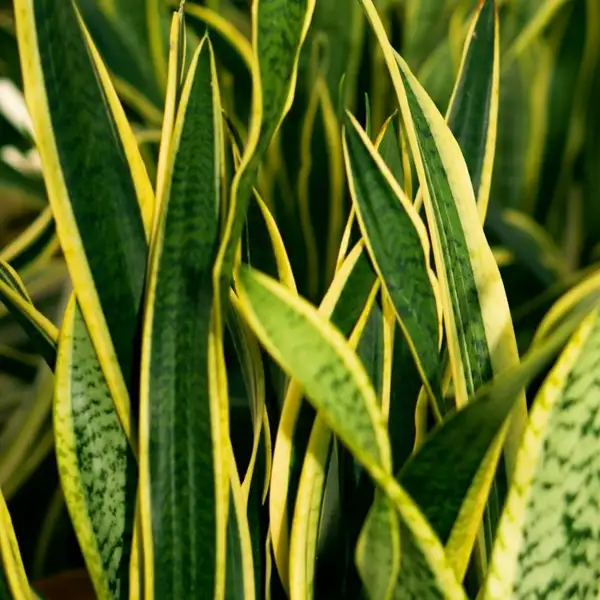
While Snake plants are not particularly finicky about their light requirements, optimal brightness ensures vibrant leaves & steady growth making proper care important regardless of their sturdy nature.
Understanding ‘Do snake plants need light & in what quantity’ is key to helping them thrive. While they can survive in lower light, providing them with the right conditions fosters stronger & healthier plants. By adjusting light exposure appropriately, you will not only enhance their growth but also improve their overall resilience & beauty.
Frequently Asked Questions
What is the best grow light for snake plants?
A full-spectrum LED light is best for snake plants as it mimics natural daylight & supports photosynthesis. Fluorescent lights also work well.
Does a snake plant produce oxygen 24 hours?
Yes! Snake plants release oxygen even at night through CAM photosynthesis, though at a slower rate in darkness.
Can snake plant survive in water only?
Snake plants can survive in water temporarily but are not aquatic. Long-term water growth can cause root rot so well-draining soil is ideal.
Can snake plants survive with artificial light?
Yes! They adapt well to artificial light. LED full-spectrum & fluorescent lights provide necessary energy for photosynthesis indoors.
Can I put a snake plant in a room with no windows?
Yes! But only with artificial lighting. Without it, the plant will weaken over time due to lack of light.
Can a snake plant survive without sunlight/dark room?
No! It needs some light for photosynthesis. It can tolerate low light but won’t thrive in complete darkness.



